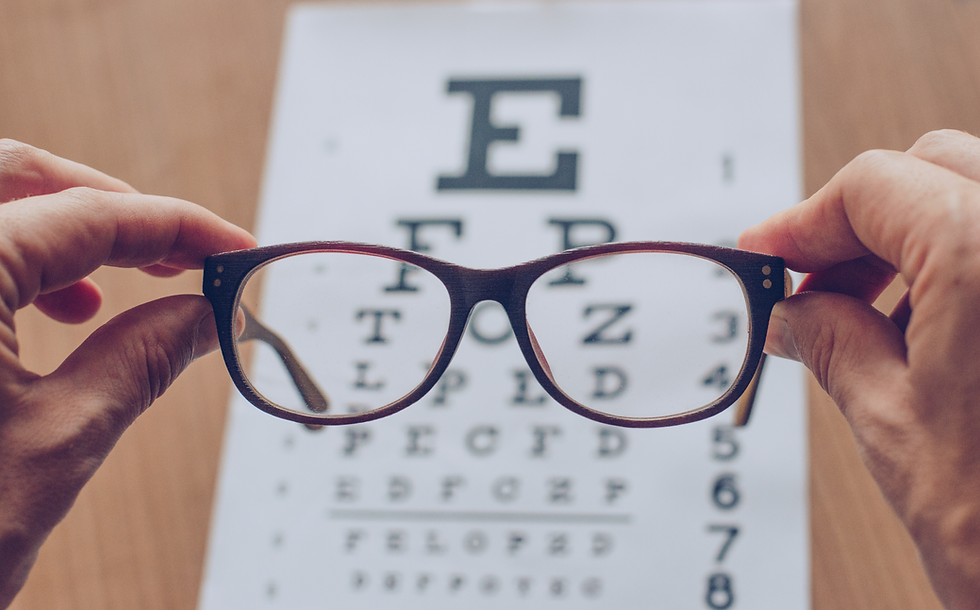How much should Varifocal lenses cost in 2019?
- Steve Hargreaves
- May 20, 2019
- 3 min read
If you’re shopping for new glasses, and you need varifocal lenses, the type of varifocal lenses you choose can have a significant impact on the price. That’s why it’s important to know what you’re getting for your money, and if it’s worth it.
In this article, we’re going to look at why some varifocals cost more than others, and how to get the best value for money when you buy them.
Aren’t all varifocals the same?

Definitely not. If you think how much picture quality on TV screens has improved over the last decade, the same principle is true with lens technologies. Whilst you will probably adapt to whatever quality of vision you get from your lenses, most of us want to know we’re seeing things as well as we possibly can.
A comparison of 2 different varifocals shows just how much the lens type affects reading vision

Things which are affected by the type of varifocal lenses you choose:
Peripheral vision
Balance
Reading comfort
Night Driving
Golf posture (yes, some varifocal lenses will help you hit the ball more naturally!)
Essentially, some varifocals are better for some of these things than others. During a vision consultation (separate to an eye test) we will find out which aspects are the most important to you and help you choose the ideal varifocal lenses for your lifestyle. We can then show you in virtual reality how your vision will be depending on which lenses you choose.

Some varifocal lenses are significantly better for screen use than others.
Here’s a rough guide to how much varifocals will cost you:
Cheap <£200
Mid range £200-£400 (including options)
High-end £300-£600
What are the best cheap varifocals?
You may not have heard of them, but IOT is the only brand you want to look at for lower priced varifocal lenses. IOT is a lens design company who license their technologies to smaller independent manufacturers, and their philosophy is “Ophthalmic lens design has been exclusive of Big Multinationals for too long.” The alternative in this price range are old lens designs from the more established lens manufacturers (which is what most of the high-street stores sell).
With varifocal lenses designed by IOT, you will be getting advanced technology lenses for much less than other brands. The drawback is that most opticians don’t offer IOT lenses.
What are the best mid-range varifocal lenses?
As with most products, there’s a sweet-spot where price and benefit intersect; where you get the best value for money. There are some brands which offer extremely good varifocal lenses with a wide range of options (such as Transitions and Transitions Xtractive), and don’t cost as much as most others.


Kodak lenses would be the ones we would recommend in this price range. They use technology also found in Zeiss varifocals, which are significantly more expensive.
Kodak’s newest varifocal technology is called Kodak Unique 2.
If price isn’t a concern, what are the absolute best varifocals?

We covered this in a previous blog, which you can read here.
The brands generally regarded as the best are Hoya, Zeiss, Shamir, Essilor (Varilux), Rodenstock and Nikon.
One Last Thing

Whether you’re buying newer or older design varifocals, it’s hugely important that they are fitted accurately relative to your eyes and the frames you choose. Even the most sophisticated varifocal lenses just won’t work properly otherwise.
The best opticians use digital measuring equipment like the Zeiss iTerminal 2. These can position the lenses in your glasses up to 10X more accurately than being measured manually (as most opticians do). This means clearer vision with less eye strain. So it’s important to do your research and find an optician who not only provides good quality varifocal lenses, but also has the best equipment.
Update: check out our guide to choosing the right varifocal lenses for you



